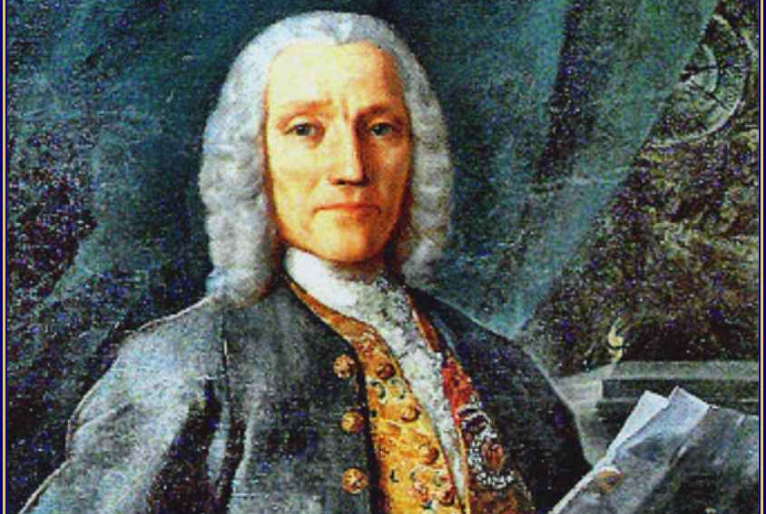Domenico Scarlatti (1685-1757) was a Baroque composer whose prolific output includes over 550 keyboard sonatas, which are considered some of the most significant works in the repertoire. Scarlatti’s compositions are renowned for their inventive use of harmony, rhythm, and form, showcasing his ability to blend Italian, Spanish, and Portuguese musical influences. Here are ten of his most remarkable compositions:
1. Sonata in E Major, K. 380 (L. 23)
One of Scarlatti’s most famous sonatas, the K. 380 is celebrated for its bright and lively character. The sonata showcases Scarlatti’s distinctive use of hand crossings and rapid scales, making it a favorite among pianists. Its joyous, dance-like rhythms and elegant ornamentation capture the essence of Scarlatti’s style.
2. Sonata in D Minor, K. 1 (L. 366)
As the first of Scarlatti’s 555 keyboard sonatas, K. 1 is a masterpiece that opens the door to his vast oeuvre. This sonata, with its dramatic shifts and bold harmonic progressions, provides a perfect introduction to Scarlatti’s innovative approach to composition. The work’s intensity and passion are characteristic of Scarlatti’s more dramatic pieces.
3. Sonata in C Major, K. 159 (L. 104)
Known as the “La Caccia” sonata, K. 159 is famous for its playful and imitative style, reminiscent of a hunting scene. The lively rhythmic patterns and use of repeated notes give this piece an energetic and vibrant character. It’s a brilliant example of Scarlatti’s ability to evoke imagery through music.
4. Sonata in F Minor, K. 466 (L. 118)
The K. 466 sonata is one of Scarlatti’s most expressive and emotional works. Written in a minor key, this piece is filled with pathos and drama, featuring deep, resonant harmonies and a mournful melody. Its introspective nature and sophisticated structure make it a standout in Scarlatti’s sonata collection.
5. Sonata in A Major, K. 208 (L. 238)
This sonata is a beautiful example of Scarlatti’s lyrical writing. The K. 208 sonata is serene and meditative, with a flowing melody that unfolds gracefully. It’s a piece that highlights Scarlatti’s sensitivity to nuance and his ability to create a deeply moving musical narrative with minimal means.
6. Sonata in G Major, K. 455 (L. 209)
K. 455 is a lively and rhythmically complex sonata that demonstrates Scarlatti’s mastery of keyboard techniques. The sonata is full of dazzling arpeggios and rapid hand crossings, requiring both technical skill and interpretive insight. Its joyous, upbeat character makes it a delightful piece for both performer and listener.
7. Sonata in B Minor, K. 87 (L. 33)
This sonata is often noted for its somber and introspective mood. The K. 87 sonata is a deeply emotional work, with a haunting melody that unfolds over a delicate, contrapuntal texture. The piece’s poignant expressiveness and intricate harmonic language make it one of Scarlatti’s most profound compositions.
8. Sonata in E Major, K. 135 (L. 224)
K. 135 is a bright and virtuosic sonata that highlights Scarlatti’s inventive use of rhythm and form. The piece features rapid passages, unexpected modulations, and striking dynamic contrasts. Its lively character and technical demands make it a favorite among pianists who enjoy a challenge.
9. Sonata in F Major, K. 518 (L. 474)
This sonata is known for its graceful and elegant style. K. 518 is a charming piece with a light, dance-like quality. The sonata’s simple yet sophisticated structure, along with its lyrical melodies, exemplifies Scarlatti’s ability to create beauty and complexity within a concise framework.
10. Sonata in D Major, K. 491 (L. 164)
The K. 491 sonata is one of Scarlatti’s most popular works, celebrated for its vibrant energy and spirited rhythms. The piece features rapid scale passages and hand crossings, showcasing Scarlatti’s flair for keyboard virtuosity. Its joyful character and technical brilliance make it a standout in his catalog.
Conclusion
Domenico Scarlatti’s keyboard sonatas are a testament to his genius as a composer. Each of the ten sonatas listed above represents a unique facet of his compositional style, from the joyful and lively to the introspective and profound. Together, they provide a glimpse into the creative mind of one of the Baroque period’s most innovative musicians. Whether you are a performer or a listener, Scarlatti’s music continues to captivate with its charm, complexity, and emotional depth.


Comments are closed